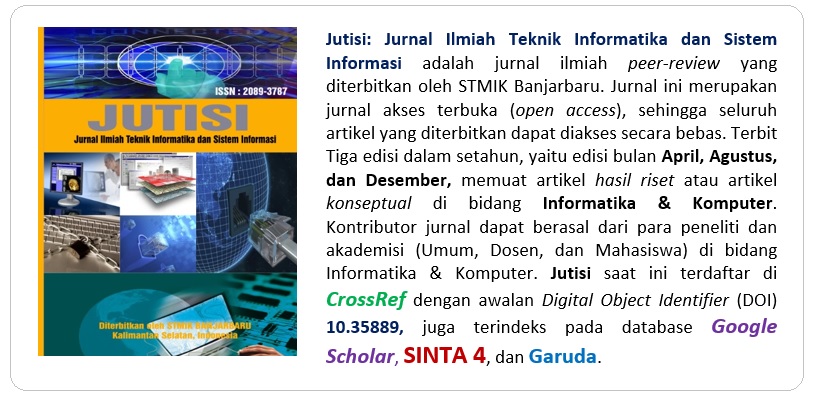Picture 12 of 25

Picture 12 of 25


























IDEBET: Gabung Ke Bandar Slot Gacor Maxwin Malam Ini Cepat Panen Jutaan Saat Ini!

Ingin merasakan sensasi panen profit dari game slot gacor? Saatnya kamu gabung ke IDEBET sebuah bandar slot gacor 2025 terpercaya malam ini dikenal dengan game online slot super gacor dan peluang menang maxwin perkalian tinggi saat ini.
IDEBET Melayani pendaftaran gratis dan metode transaksi Deposit Via QRIS serta DANA proses cepat kilat sangat aman buat kamu bermain slot maxwin, kamu bisa langsung akses permainan game online tanpa ribet, cair ratusan juta cepat kilat.
Nikmati berbagai pilihan taruhan dari provider ternama seperti Pragmatic Play, Habanero, hingga PG Soft yang siap kasih cuan maxwin besar setiap malam hari. Bandar Slot hadir link slot gacor malam ini yang selalu update dan terbukti memberikan win rate tinggi Bersama IDEBET.